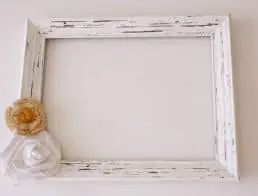Canvas has a long history for a variety of uses due to its durability and unique properties. In the art world, it is seen a tool used by painters concerned with quality. The unique properties often making canvas a preferred choice include the lack of brushstrokes left behind, creating a seamless look often appreciated by seasoned art appraisers and buyers. Even if you’re only painting as a hobby, there’s something to be said for committing art toa material likely to last. If you’re going to paint on canvas, get started with a basic understanding of the properties commonly associated with this material and the various techniques you can use to create your own masterpiece or attractive wall art.
Types of Canvas
Modern canvas is made of either linen or cotton. Plain and duck are the two basic forms of canvas. Duck simply refers to a canvas with tightly woven thread. Most canvas is made of cotton since linen is a more expensive material. Canvas is classified by either weight or through a reverse number classification system, meaning the larger the number, the lighter the canvas.
What You’ll Need
If you’re not used to painting on canvas, it can take some time to get used to the way the surface reacts to certain brushstrokes. Most canvases for painting are stretched over a wooden frame, which also makes them easier to mount when finished. Regardless of whether you start with a paint set designed primarily for beginners or you prefer to purchase individual supplies, your basic needs include:
• Stretched canvas on a wooden frame
• Smaller canvas boards for practice
• Tubes of oil paint in common colors
• Linseed or walnut oil and thinner
• Removable artist-grade varnish
• Brushes (stiff is recommended over soft)
• Palette knife
• Charcoal or pencil
• Sketching supplies (to plan your painting)
• Palette to place your paints on
• Oil and thinner (1-2 cups)
• Painting rags
• Turpentine to clean brushes
• Easel
Before Painting
Use your sketching pad to create the basic concept for your painting. Then use the charcoal or pencil to make a basic outline on the canvas. Don’t worry. It won’t show through the paint.
Choose Your Colors
Once you decide what type of paint you want to use, place the colors you plan to use on your palette to get started. Place dabs of paint on the palette with enough space between the colors to prevent bleeding. Prepare some oil in a cup with the thinner and turpentine in additional cups.
Fat Over Lean
The first layer of paint should almost all turpentine and very little oil. It will look very similar to a water color painting. The second layer is paint right from the tube. You want the oiliest layers on top since oil paint takes longer to dry. You also risk sealing wet paint under the layers if you start with oil.
Large Areas First
Start with the main areas of light and shadow. Add more paint later to achieve the right shading. Contrast smooth textures and bold textures to create a “raised” texture on your finished painting. Mix some oil in with the paint at different points to create different textures. Your technique really depends on your desired vision. Fortunately, oil paints stay wet for days. This means you can literally sleep on it and make changes or use a cloth and start over from your base drawing or sketch if you change your mind.
Popular Canvas Painting Supplies
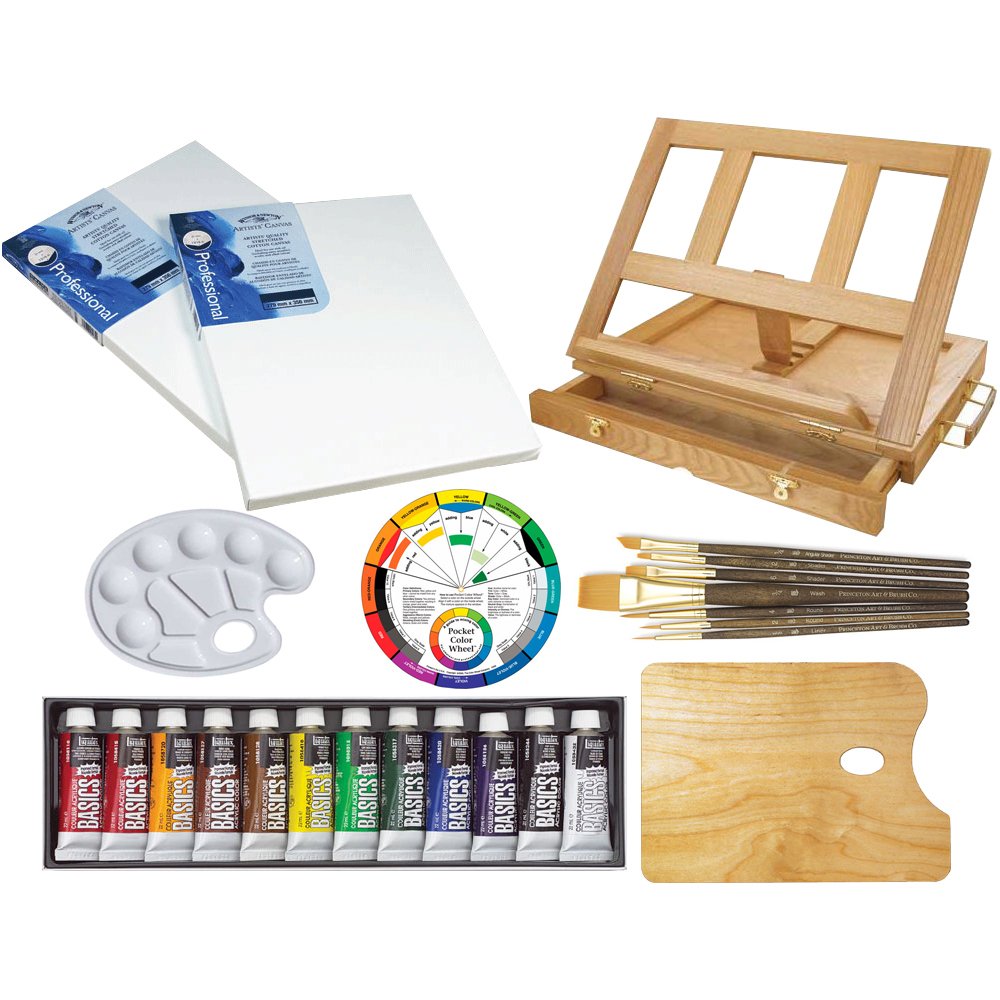
If you’re looking for a convenient way to get into canvas painting, this is it. This set includes everything you need to get started, including a mixing guide color wheel to help you select the right colors. Each cotton canvas has been coated with pigmented primer and one coat of acid free sizing. The kit includes:
• Marquis Wooden Tabletop Desk Easel with Free Wooden Mixing Palette
• Winsor & Newton 11″ X 14″ Canvases (2)
• Liquitex Basics 12 Color Acrylic Paint Set
• Golden Taklon Synthetic Hair Paint Brushes (7)
- Amazon Price: $69.96
Art Advantage Mini Easel Acrylic Paint Set
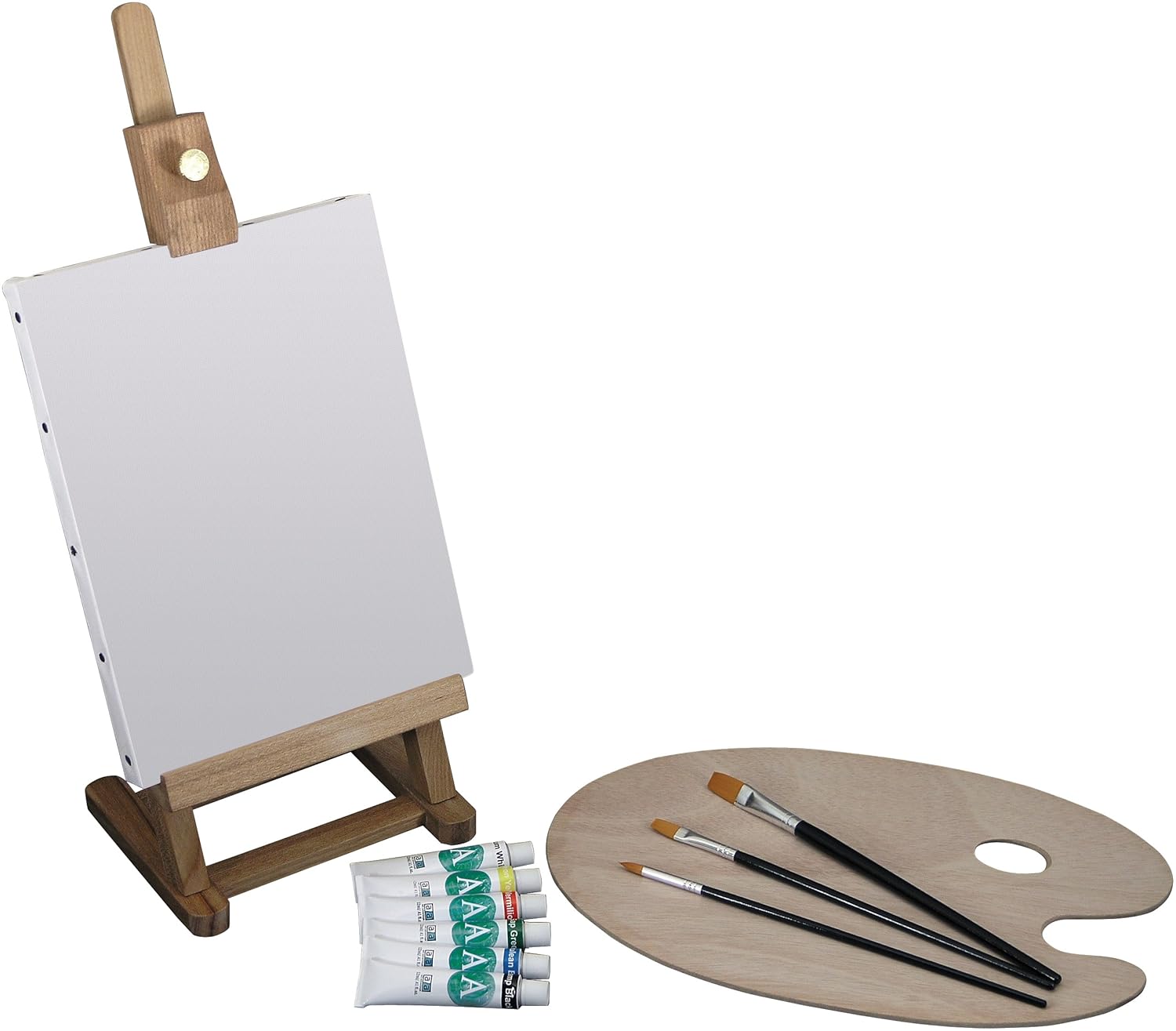
This set, better suited for children and teens or novice painters, can be used alone or you can add other paints to it if you don’t prefer to work with acrylic only. Consumers reviews are generally positive, especially concerning the quality of the brushes. This set includes:
• Acrylic paint set
• Table easel
• 7-inch-by-9.5-inch canvas
• Wood palette and three brushes
• Six piece acrylic tube set
- Amazon Price: $20.18
Reeves Acrylic Paint Sets set of 24
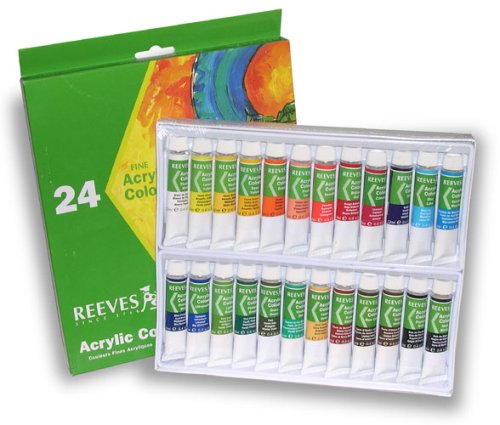
If you’re concerned about using oil paint on canvas, consider this acrylic paint set instead. In addition to a wide selection of colors, you get the added benefit of paints that dry quickly. This makes it easier to create layers or cover up mistakes.
- Amazon Price: $15.98
Art Advantage Oil and Acrylic Brush Set, 24-Piece
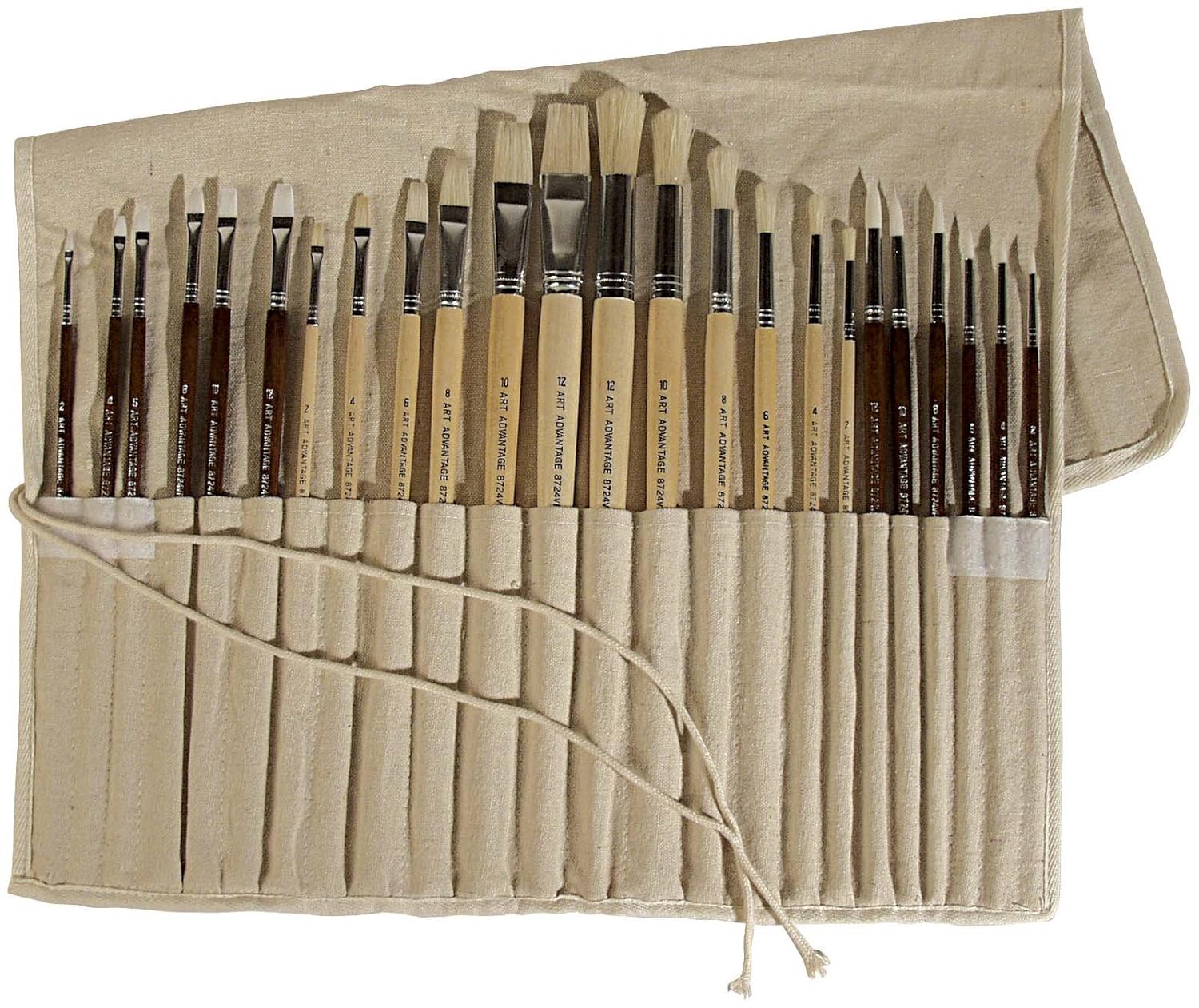
Planning to use a mix of acrylic and oil paints? This set of brushes is ideal for that purpose. You get a mix of synthetic and natural brushes, including convenient long-handle brushes. Each set of brushes comes with one flat and one round in sizes ranging from number 2 brushes through number 12.
- Amazon Price: $15.35
Set of Ten-Well Paint Tray Palettes -Kare & Kind (3 pieces, white)

Don’t want to damage a good wooden palette? The alternative is this inexpensive plastic palette you can use before you’re ready for more involved projects. You can also use this palette to practice with color combinations. As an added bonus, it can be cleaned and used again if you use water-based paints or tossed out and easily replaced.
- Amazon Price: $5.95
Art Alternatives Canvas Panel Pack of 12

This set of cotton canvases with turned edges over multiple binder boards is ideal if you wish to experiment with different paints and techniques. You have a choice of three different sizes. These canvases work well with any medium you choose to use.
- Amazon Price: $14.32
Strathmore 310 Canvas Paper Pad 9 x 12

If you don’t want to experiment or practice on real canvas just yet, canvas-textured paper is the answer. You can use both oils and acrylics to practice your technique or use the paper to make sketches. Each pad has 10 sheets of acid free paper.
- Amazon Price: $6.98
Strathmore Series 400 Sketch Pads 9 in. x 12 in. – pad of 100
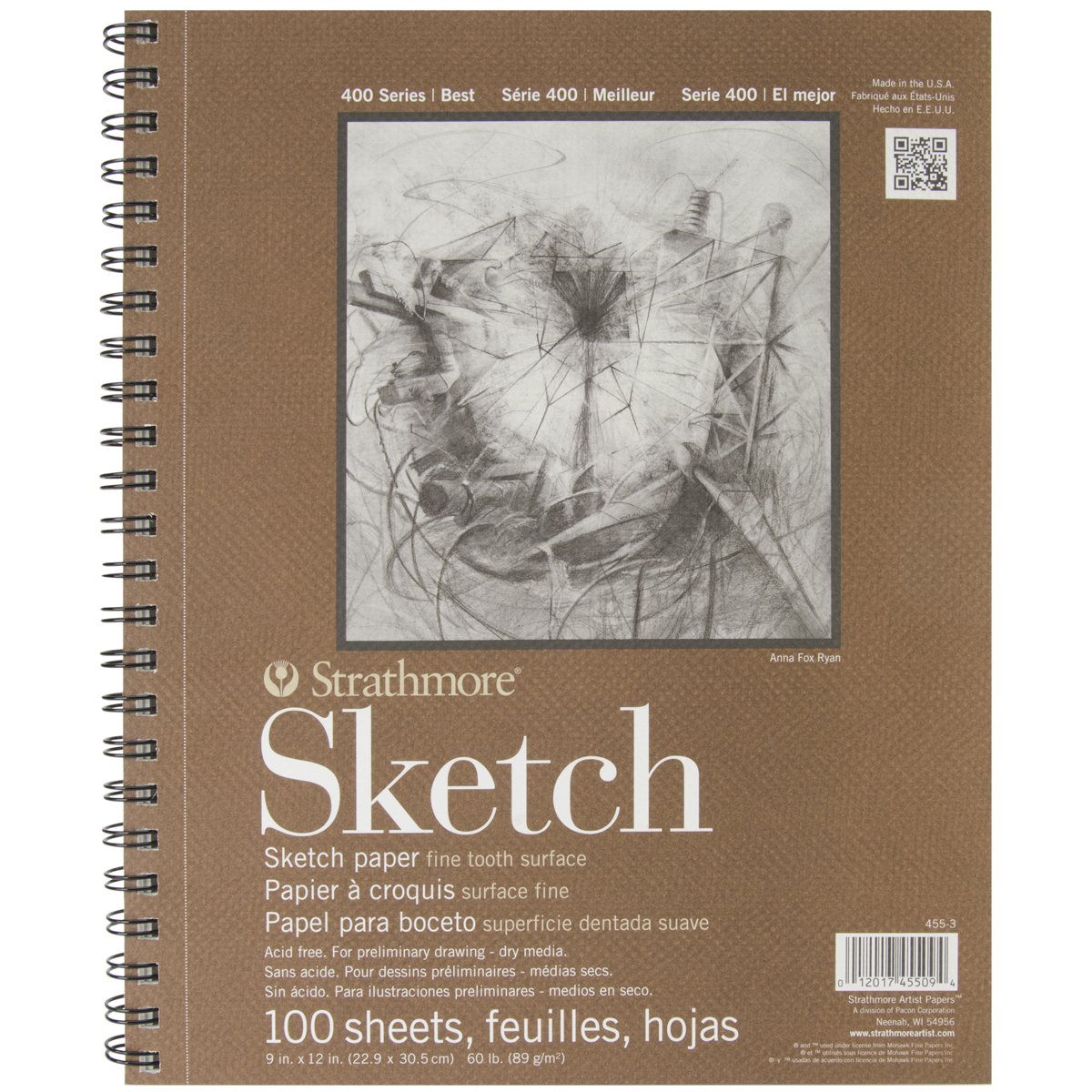
Looking to practice your sketches before transferring your idea to canvas? This inexpensive sketching pad is a good way to accomplish that task. This lightly textured paper is easy to use with pencils or charcoal. The pages are perforated for easy removal and placement in a convenient location when you’re ready to transfer your vision to canvas.
